Community Hospital in Munster offers ZeroG
Source: Times Staff
Amy Peters and Julie Gaski are taking steps to heal and recover after illness left them unable to walk by themselves. With the help of new technology at Community Hospital in Munster, they have new motivation and hope.
The ZeroG Gait and Balance System, the first of its kind in Northwest Indiana, is a robotic, body-weight support system. Patients wear a specialized harness that connects to the ZeroG robot as it supports and tracks their movements from above. ZeroG helps the patient practice walking, complete balance exercises and work on position changes such as sitting to standing. The “reduced gravity” environment is a feature to support balance while preventing falls.
“ZeroG gives our patients the safety and confidence to practice functional, real-world balance and walking activities,” said Amy Castillo, director of therapy services at Community Hospital. “We believe the use of ZeroG technology will help our patients accelerate and maximize recovery.”
Peters, of Munster and a Times employee, experienced difficulty walking as the result of a tumor that was pressing on her spinal cord. After chemotherapy, she initially was only able to walk with the assistance of a walker. Once her physical therapist added the ZeroG sessions three times a week, she was able to stand on her own.
“Using a walker is just not the same,” Peters said. “The ZeroG has restored my confidence in walking.”
Gaski, a resident of Crown Point, agrees. For two years following a stroke that rendered her left hand and foot immobile, she couldn’t walk and had an overwhelming fear of falling.
“The ZeroG gives your body a different feeling of ‘I can do this,’” Gaski said. “It’s amazing to stand on my own again after two years. It’s a wonderful thing.”
ZeroG can support up to 450 pounds and a variety of diagnoses, including stroke, traumatic brain injury, spinal cord injury, amputation, cerebral palsy and other orthopedic and neurological conditions. The therapist secures the individual into a comfortable harness, attaches it to the ZeroG robot and therapy can begin. The amount of support is customized for each person depending upon the level of their ability and can be increased or decreased with the touch of a remote button.
Support can be set to offload the person’s weight by up to 200 pounds, making them feel lighter in a “reduced gravity” environment. This allows them to undergo therapy at higher intensity levels sooner after injury or illness. As the individual progresses, the support can be decreased so the person does more under their own capabilities.
“For patients’ recovering from a stroke, like Julie, who cannot feel or have impaired awareness of where their foot and leg are when standing or walking, their perception and safety of daily mobility may be altered or compromised,” said Jacob Virgo, a clinical specialist in the hospital’s physical therapy department.
“The ZeroG allows for more intensive and task-specific training that may not be feasible outside of the support system. It gives therapists and patients the confidence and means to push the limits of what is possible, and allows the patient to progress to that next level of independence and safety.”

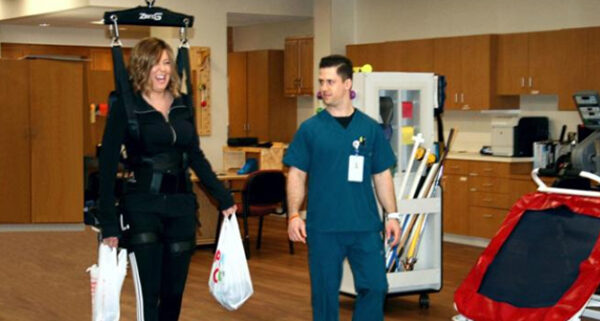
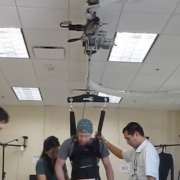
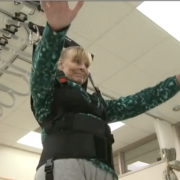
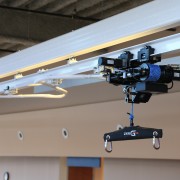
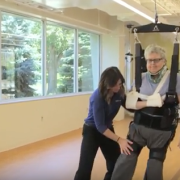

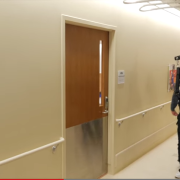
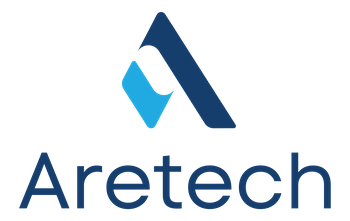


Leave a Reply
Want to join the discussion?Feel free to contribute!